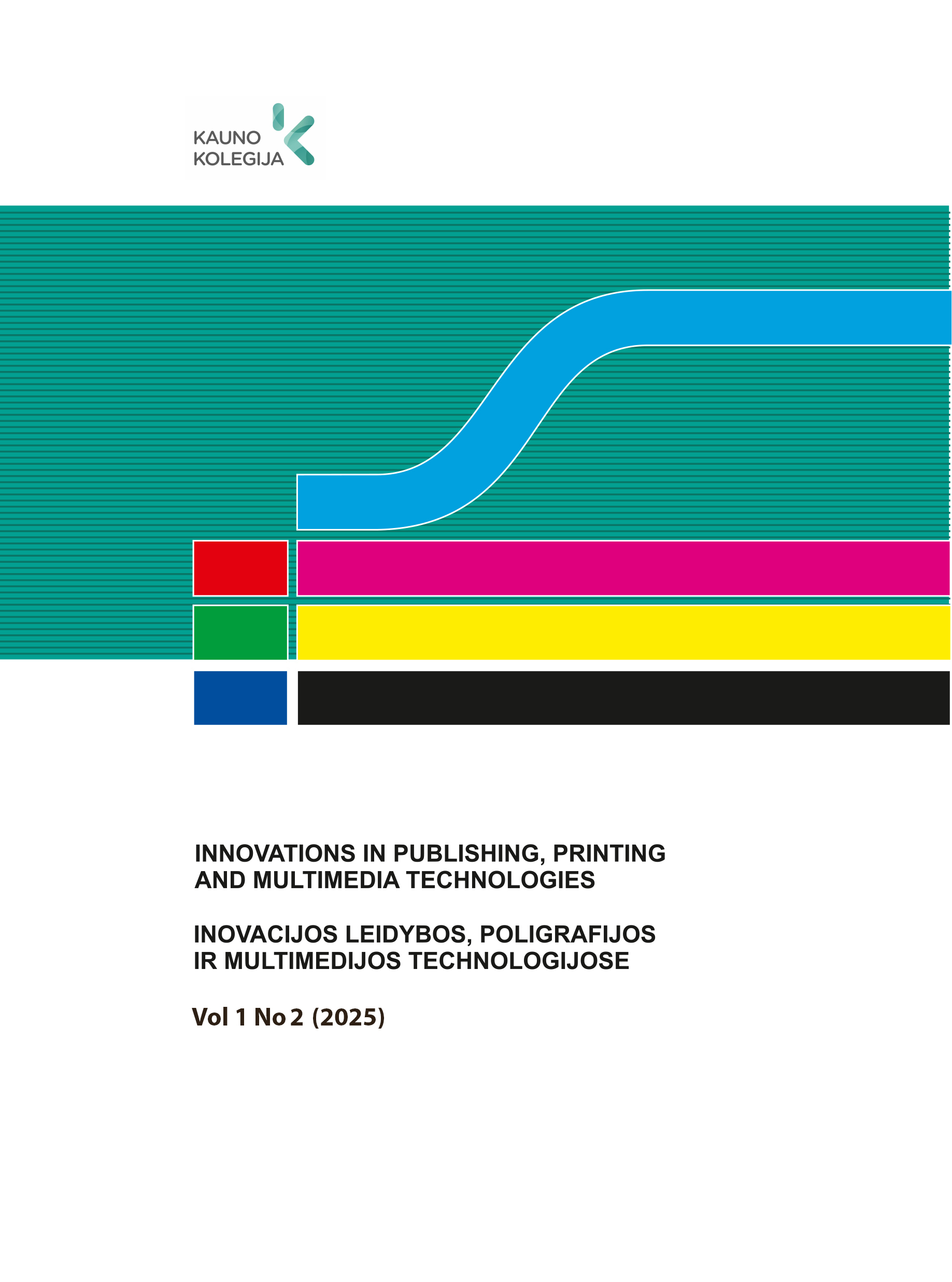3D CAD and 3D printing-based product design: case study of an armchair
DOI:
https://doi.org/10.59476/ilpmt2025.v1i2.12-21Keywords:
sculpting, CAD, product design, prototyping, 3D printingAbstract
Digital design is an efficient way of implementing furniture concepts. Advanced tools for rendering have a considerable effect on increasing their visibility via the use of sophisticated software that simulates the final appearance of furniture using appropriate textures, colors and environment. Although color plays an important role in the product’s promotion, additional use of textures creates a more realistic appearance. The goal of this study was to develop an armchair using digital designing and physical prototyping. A variety of methodological and digital tools have been used to create a unique product, with effective application of 3D CAD and 3D printing technology in the design of an armchair. The present paper deals with the design of an armchair for children. Anthropometric shapes were used in the design process, thus digital sketches assisted in digitizing the armchair using an advanced Computer Aided Design (CAD) system. These models were enriched with colors and textures in order to convey the design concept, while providing a realistic view of the final solution. The prototype was built based on the CAD models created, in order to verify the incorporated specifications. Combining not only the effective geometry of the armchair but also its colorful appearance, a customized product for children was developed. Both the methodological and technological tools used supported the creative approach to the design of the armchair presented.
References
1. Castellucci, H. I., Arezes, P. M., Molenbroek, J. F. M., de Bruin, R., & Viviani, C. (2017). The influence of school furniture on students’ performance and physical responses: results of a systematic review. Ergonomics, 60(1), 93–110.
2. Jiang, L., Cheung, V., Westland, S., Rhodes, P. A., Shen, L., & Xu, L. (2020). The impact of color preference on adolescent children’s choice of furniture. Color Research & Application, 45(4), 754-767.
3. Sraiheen, A., & Dalgin, M. H. (2018). Product color importance, color choice and meaning of color among Canadian consumers. J. Bus. Econ. Technol, 1, 15–26.
4. Lucius, C. R., & Fuad, A. (2017). Coloring your information: How designers use Theory of Color in creative ways to present infographic. In Iop Conference Series: Materials Science and Engineering (Vol. 277, No. 1, p. 012044).
5. Manavis, A., Sourris, T., Dimou, E., Efkolidis, N., & Kyratsis, P. (2019). An Inspiration from Nature Design Methodology for In-Store Displays. Journal of Packaging Technology and Research, 3, 141–148.
6. Malea, A., Tzotzis, A., Manavis, A., & Kyratsis, P. (2020). Innovative and sustainable toothpaste packaging design. Journal of Graphic Engineering and Design, 11(2), 19-30.
7. Ligka, P., Efkolidis, N., Manavis, A., & Kyratsis, P. (2024) Manufacturing computationally designed wearables via 3D printing. Innovative Manufacturing Engineering and Energy – IManEE2024.
Downloads
Published
Issue
Section
License
Copyright (c) 2025 Arsenia Kourmouki, Prodromos Minaoglou, Anthimos Anastasiadis, Renata Gudaitiene, Panagiotis Kyratsis

This work is licensed under a Creative Commons Attribution 4.0 International License.

